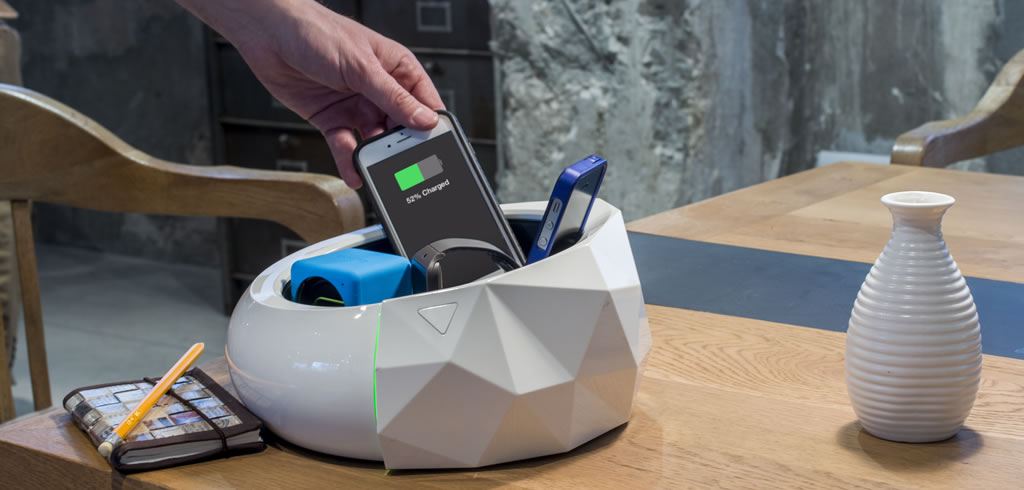
It should not be difficult to be able to borrow a charger from a friend when your smartphone or tablet runs out of power, but even with most devices using MicroUSB ports, it can still be very frustrating – especially with Apple forging their own path as usual. But with wireless charging – you don’t need a port at all – and this should mean universal chargers for all.
MicroUSB has been the standard connector for electronic devices for a while now, and apart from Apple most manufacturers have played nice and made it work. However, MicroUSB is on the way out now and is being replaced by the much improved USB-C, and so we are soon going to see another period where you just never know if someone will have the right charger in their house when you need it and have forgotten yours.
Wireless charging should fix this problem, and it is about time it hits the mainstream – because we really don’t need to have a repeat of the early noughties where there were literally dozens of incompatible plugs to have to choose from.
The two most prevalent technologies around wireless charging at the moment are Qi from the Wireless Power Consortium and AirFuel from the AirFuel Alliance, but a number of smaller companies are also pushing different and inventive options.
Humavox, for example, is taking a completely different approach to the issue and its wireless charging technology is based on near field radio frequency transmission rather than induction or resonance like their competitors. This means that rather than needing to incorporate large metal coils, Humavox uses small integrated circuits, making their technology much easier for manufacturers to add to their devices – including much smaller electronics such as headphones.
The other benefit of using radio waves, rather than induction or resonance, is that charging can work without the devices placed in exactly the right place, or possibly over longer distances depending on how the technology develops in the future.
There’s little doubt that USB-C will soon be the standard in smartphones and tablets within the next couple of years, but with few of us using that cable to plug these devices into our laptops to transfer files any more, it is about time we stop using it for charging as well, so we can forget about the tangles for good.
Image courtesy of Humavox

